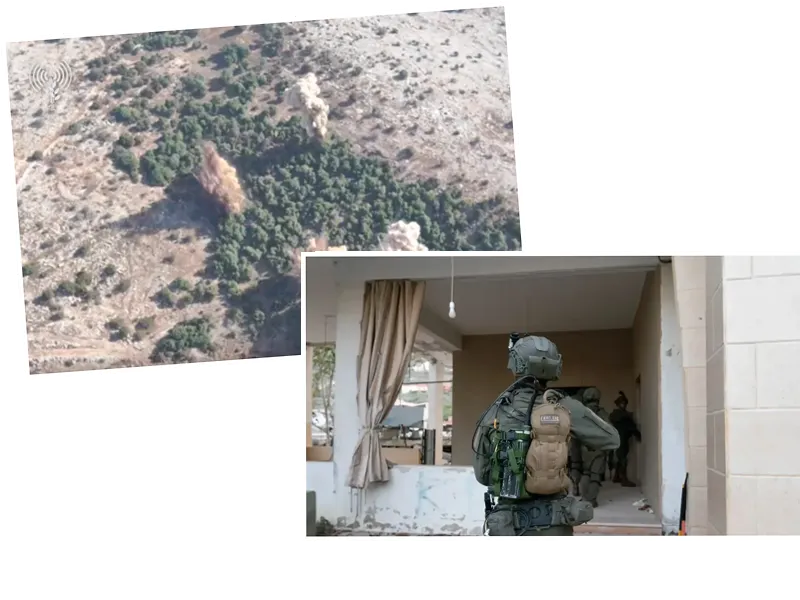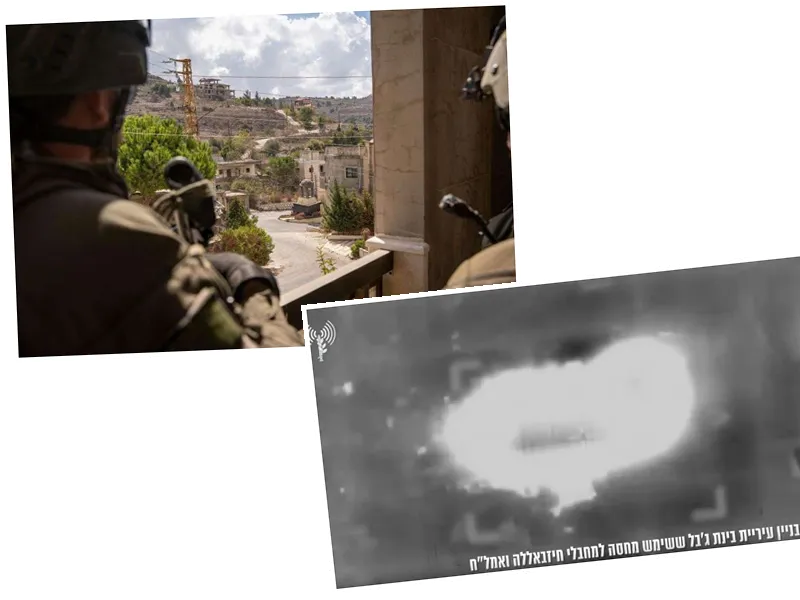Overview of Israeli Military Operations in Lebanon
Israel has initiated a multi-faceted military operation in Lebanon, deploying five divisions strategically across various fronts. Each division is tasked with specific maneuvers, utilizing a combination of infantry, artillery, and armored forces to achieve their objectives. This coordinated effort marks a significant escalation in the ongoing conflict, with operations tailored to the challenging terrain of the region.
Detailed Breakdown of Military Divisions
The First Division (146) is actively engaged in the Aita al-Shaab area, employing artillery shelling that reaches depths of up to 10 kilometers. Infantry units are conducting ground maneuvers to secure the area, while armored vehicles provide support and engage enemy forces. The division also includes a territorial brigade as a reserve and a paratrooper brigade tasked with protecting advancing troops.
In the central region, the 36th Attack Division, featuring the Golani Brigade as the spearhead, is complemented by the Etzion Brigade as a reserve. This division is supported by an assault armored brigade and an artillery brigade responsible for extensive fire preparation. Additionally, a special air force rescue unit is on standby to evacuate soldiers along the front lines.
The 91st Division is focusing on offensive maneuvers on the central front, utilizing the Alexandretta Brigade and the 8th Armored Brigade to penetrate enemy defenses. The division's operational strategy includes a commando brigade acting as a secondary reserve.
On the Eastern Front, the 98th Parachute Division is executing airborne operations to capture strategic locations and clear pathways for infantry units. The 210th Division operates near the Syrian border, specifically around Kfar Shuba and the Shebaa Farms, adapting its tactics to the difficult terrain.
Implications of the Military Strategy
The complexity of the Israeli forces' deployment reflects a calculated approach to warfare in Lebanon, emphasizing the importance of terrain adaptation and multi-branch coordination. As the situation evolves, the effectiveness of these military strategies will be closely monitored, with potential implications for regional stability and security.






